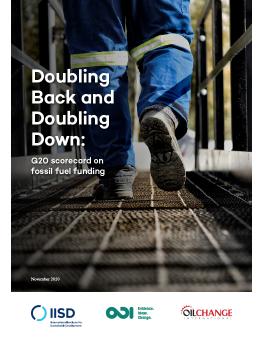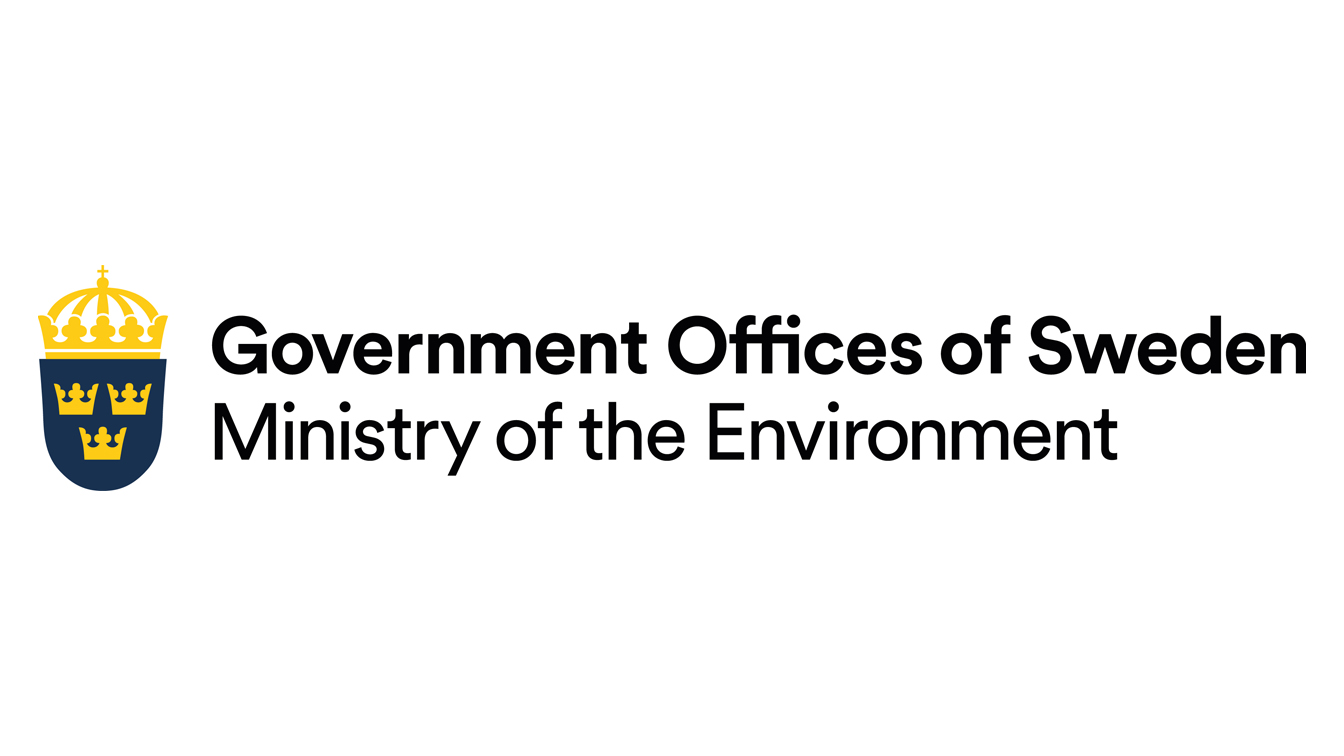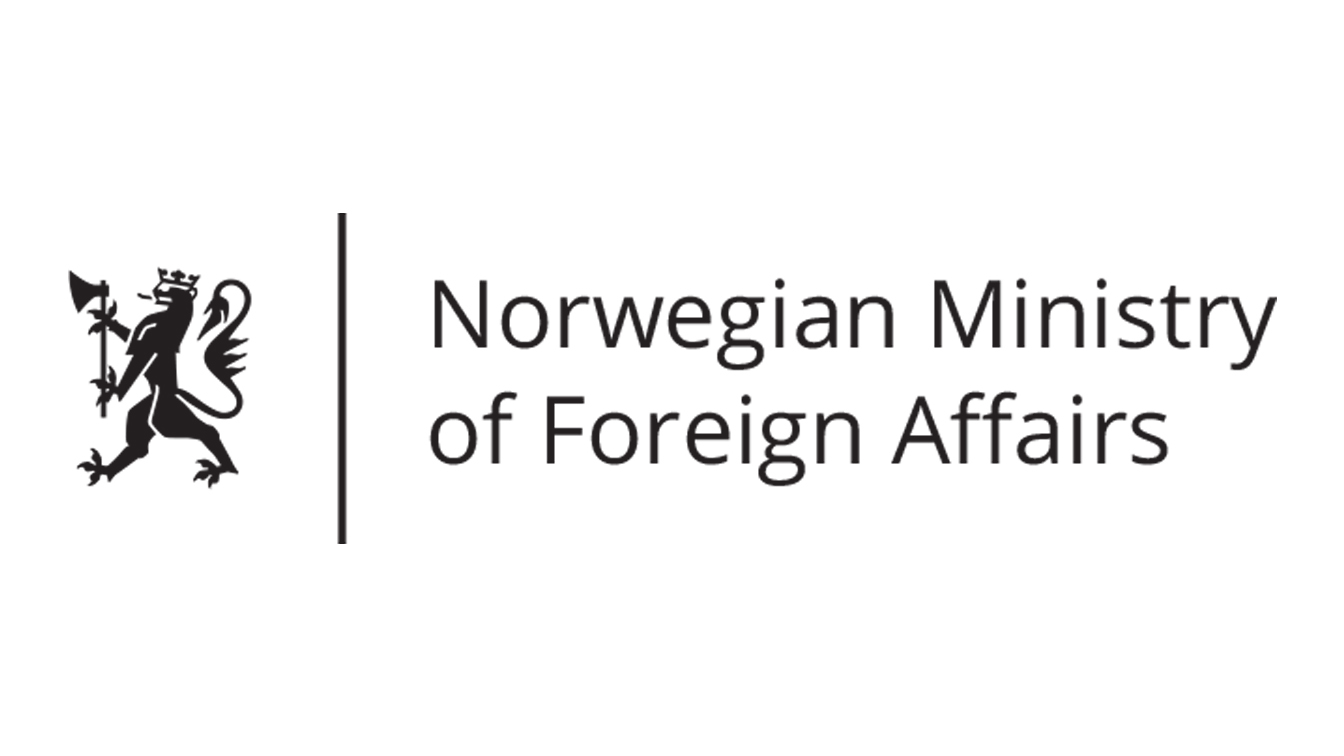This International Institute for Sustainable Development (IISD) & Council on Energy, Environment and Water (CEEW) three-part commentary series takes a deep dive into how India’s energy sector is coping with the impacts of COVID-19 and what this means for the sustainable energy transition. We explore three key themes.
This workstream is linked to global efforts to track government support for fossil fuels and renewables in light of COVID-19, as reported in the Energy Policy Tracker launched in July 2020 by IISD in partnership with 13 other organizations.
Part 3 – Social Sustainability: Energy affordability and pricing reform in India
The COVID-19 crisis has had dramatic impacts on the ability of families across India to afford the cost of living. At the same time, as covered in our first commentary, the pronounced drop in electricity demand during lockdown has worsened the financial stress of electricity distribution companies (DISCOMs). Tariff reforms are a longstanding recommendation for DISCOMs to improve their finances—but what now is the agenda for price changes in this period of economic difficulty?
To address these issues, IISD and CEEW held a closed-door roundtable session on September 3, hosting around 15 participants from India’s energy think tank community. This commentary synthesizes highlights from IISD’s efforts to track COVID-19 impacts, the roundtable discussion, and its broader program of work on targeting electricity subsidies[1].
Socio-Economic Impact of the Lockdown in India
With a large low-income population, the impact of COVID-19 was always going to be pronounced in India. Further, India’s stringent lockdown, though initially successful at slowing infections, also triggered a further set of socioeconomic impacts.
In a recent review, IISD found numerous studies and government reports attempting to grasp the enormity of the crisis. Unemployment rates soared to 26% in early April, though they recovered to pre-lockdown levels in mid-June. The latest government figures show a 23.9% economic contraction in the last quarter. Numerous media reports covered the effects on low-income groups, such as farmers, domestic workers, small business owners, and daily wage earners, whose informal employment is often coupled with little job security, leaving them among the most affected. According to a Dalberg survey of 47,000 households covering 15 states from April to June, primary income earners in over half of low-income households lost their jobs, rendering about 23% of households without an income. Further, there was a sustained drop in total household incomes, on average, to 40% of pre-lockdown levels. This was worse in some states than others.
In This Context, Why Even Talk About Tariff Reforms?
Given the impacts on poverty, it is clear that now is not the time to be pushing hard on reforms to electricity pricing.
At the same time, the longstanding rationale for tariff revisions has become even more pressing: DISCOMs are struggling to stay solvent during the crisis. In part, this is because they have been selling less power (during the period of late March to July 2020), and many of their costs are fixed. It is also because of the role of “cross-subsidies”: some consumers pay more than the average cost of supply, and the surplus is used to subsidize others, who pay less than the cost of supply. With industries and commercial establishments running into financial losses owing to the pandemic, their ability to cross-subsidize the agricultural and certain residential consumer categories has dropped.
An INR 90,000 crore (~USD 12.1 billion) loan package for DISCOMs has already been announced, and further assistance may be pending. If DISCOMs continue needing to be bailed out by state governments, there will be fewer resources available to help with the health and economic crises; and if they are not bailed out, DISCOMs will only be able to cope by providing unreliable and unstable electricity services. Consumers ultimately end up paying these costs too.
Three principles can go some way in helping resolve this dilemma:
- Tariff increases for whom? At no point, in fact, have tariff increases been proposed for the poor and vulnerable: electricity subsidies matter for the affordability pillar of energy access. Rather, tariff increases have been proposed for people who can afford to pay more. In India, as in many countries, a large share of electricity subsidies are captured by better-off households. So tariff reforms that focus on better-off households can help to free up resources for those most affected by COVID-19 while better targeting subsidies to consumers who are most in need.
- Subsidizing people instead of energy. Subsidies are needed for energy to be affordable—but making electricity cheap is not the only option. India can also provide people with cash transfers, so it is easier for them to purchase energy. This is something that the government has already committed to introducing—a Direct Benefits Transfer for Power (DBT-P), which would transfer subsidies to a unique consumer DISCOM joint account after consumers buy electricity. This might interact in important ways with efforts to improve targeting.
- Planning for the future. Both of the above changes require careful planning and preparation, and there is currently a lack of data and piloting of reforms. There are also longstanding political challenges to tariff reforms that need to be addressed. Given the barriers to policy reforms at the current time, the emphasis should be on preparing options for when the economy is in recovery.
Understanding Consumers’ Ability and Willingness to Pay
Focusing subsidy reforms on better-off consumers presupposes that we have good information on who is able and willing to pay. This includes how willingness to pay may vary according to factors such as the reliability of power, the quality of service, coping costs (in the absence of reliable electricity supply), education, and awareness.
Various studies have tried to gauge consumer willingness to pay, producing interesting results:
- IISD’s study on attitudes to electricity sector reform in Uttar Pradesh found that most households and farmers support free electricity for the poor but not for all consumers. They did not agree that tariff hikes are justified to help DISCOMs recover their costs, but around 60% of urban households and 70% of rural households said they were willing to pay more for electricity if DISCOM services[2] improved.
- The Energy and Resources Institute’s (TERI) study on understanding electricity pricing and the willingness to pay for electricity in India found that there is a high willingness to pay for basic lighting services, but it seems to drop for higher levels of service. It also found that regulators do not currently use willingness to pay assessments as an input when setting tariffs. It recommended that tariff reforms could help partially improve DISCOM finances, but they would need to be introduced at the same time as other service improvements, particularly metering and increasing daily hours of supply.
In the IISD and CEEW roundtable discussion, there was broad agreement among participants that independent studies could only go so far. Ultimately, data collection on consumption, willingness to pay, and consumer preferences needs to be collected on a regular basis by government departments, DISCOMs, and regulators—and be made transparently available. Where agencies already have disaggregated data on some of these essential factors, it would be highly valuable to piece it together. As we progress on subsidy targeting, data on the energy efficiency of appliances will also become increasingly important.
The need for improved data gathering by government institutions is only more pressing in light of the pandemic, which has undoubtedly had a huge impact on some electricity consumers’ ability to pay for essential services.
Rationalizing Electricity Tariffs
Today, many state electricity tariff systems are highly complex: in some, there are as many as 90 distinct categories and subcategories of consumers with unique tariff rates. Tariffs vary according to factors like voltage levels, contracted load, consumer types, and various socioeconomic considerations. There is no uniform evidence-based approach for categorizing consumers across the nation. In practice, this means that categories expand based on the government in power and their promises to different parts of the electorate regarding subsidized power. Legacy issues prevent newer governments from reforming the system and creating more rational targeted tariffs.
India’s central government had proposed an amendment to the National Tariff Policy, 2016 in the form of targets for simplifying tariff structures that focused on sanctioned load and volume of power consumed; this amendment hasn’t as yet been approved. Since the COVID-19 pandemic, the central government has also proposed amendments to the Electricity Act, which would increase the pressure for cost-reflective tariffs and the eventual limitation of cross-subsidies within +/-20% of the cost of supply, as well as introducing a DBT-P scheme in the electricity sector. States have further been encouraged to carry out the implementation of the DBT-P system in one district by the end of the year to receive benefits in the form of increased borrowing limits. Very recently, Andhra Pradesh has proposed the implementation of DBT-P to take advantage of the benefit of increased borrowing limits.
In the IISD and CEEW roundtable, there was a lively discussion of additional options for tariff simplification and what they might mean in terms of targeting. This included:
- Limiting the number of slabs under each category (to agricultural, residential, commercial, industrial, and institutional) and requiring that any subsidies in a given category should be fully paid for by cross-subsidies within that same category.
- Reflecting voltage costs better in tariff rates so that prices are higher for lower voltage connections, which have higher transmission costs.
- Varying tariffs by geography, reflecting that poverty is often highly geographically clustered and that there are big differences in purchasing power between urban and rural areas in India.
For all such measures, and in particular the DBT-P, there was consensus that careful evidence-based testing and piloting are necessary to work out the nuances related to large-scale implementation.
Political Factors Hindering Reform Measures
Even with the right technical solutions, state-level politics are critical to the success or failure of tariff reforms. This has only grown more pronounced during the COVID-19 crisis: from announcements so far, it seems like annual tariff adjustments this year are likely to be minor, if they take place at all. Politics is an area where it may be possible to address some structural problems during the COVID-19 period so that challenges ease during the economic recovery.
Some steps on this front are already being taken by the central government. The 2020 draft amendments to the Electricity Act have proposed several measures to shift some of the control from the state governments to the centre in the form of appointment of members of the state electricity commission and requirements to reduce cross-subsidies. The risk of the above-mentioned proposal is that state tariffs could still be driven by politics, but national instead of state interests—which may just shift problems rather than solving them. However, in a June 2020 clarification notice, the Ministry of Power stated that the aim of the amendments was not to take away powers from the state governments and that there would be a consultation process in deciding on how cross-subsidies will be reduced.
More steps could still be taken to address structural issues. One proposal was to consider schemes in which better-off households could voluntarily opt out of subsidized tariffs, in the spirit of the Give Up LPG Subsidy campaign in 2015. This was personally backed by Prime Minister Modi and involved a public “scroll of honour” that included the names of those who had opted out, with signatures by major public figures and the staff of iconic Indian organizations. A similar campaign in the power sector could help establish the norm that giving up subsidies—if you can afford the cost of supply—is the ethical thing to do.
Where Next?
As noted, there are various data gaps and political hurdles in identifying and implementing affordability reforms. Think tanks and universities need to continue producing and amplifying the missing data to both assist and hold regulators accountable for subsidy allocation. Government agencies need to start adopting the structures developed and the outcomes identified by the policy research community engaged in tackling these issues for better evidence-based decision-making.
On this note, please keep an eye out for:
- A study on the distribution of subsidies and targeting options for Jharkhand done by IISD and the Initiative for Sustainable Energy Policy (ISEP), which will be published in September 2020.
- An overview of electricity subsidy trends in India to be published by IISD and CEEW later this year.
[1] This discussion was held under Chatham House Rule: as a result, individuals and organizations are not cited unless they explicitly requested acknowledgement upon reviewing a draft of this commentary. On that basis, participants included Rasika Athawale (Regulatory Assistance Project), Bigsna Gill (Sustain Plus Energy Platform), Ankit Gupta (CERC), Manabika M and Aditya Chunekar (Prayas Energy Group), Pavithra Ramesh (Citizen Consumer and Civic Action Group), Umesh Ramamoorthi (Auroville Consulting) and Vibhuti Garg (Institute for Energy Economics and Financial Analysis (IEEFA).
[2] Such as timely billing, convenient payment options, quality of power supply (reduced blackouts), stable voltage, etc.





